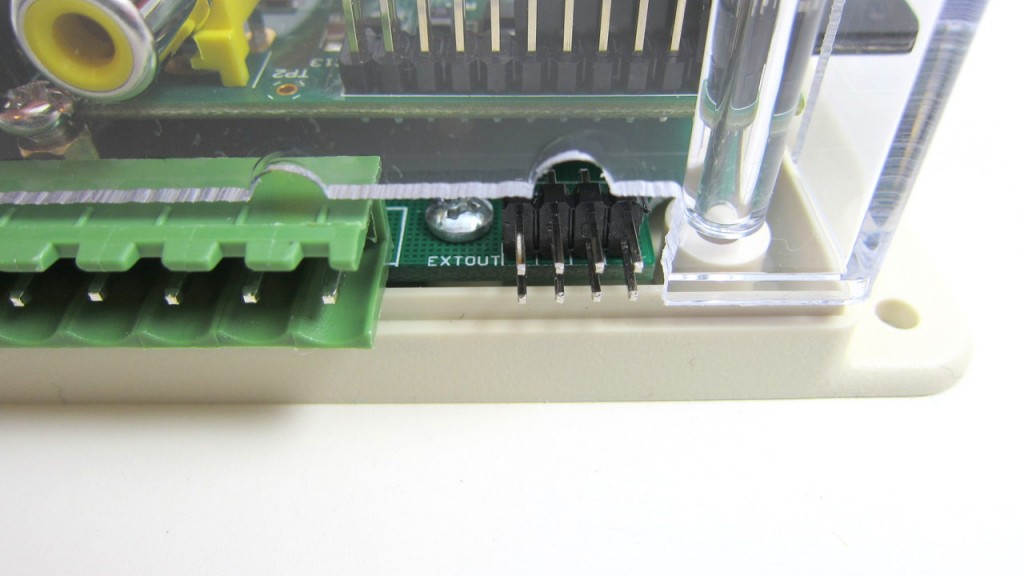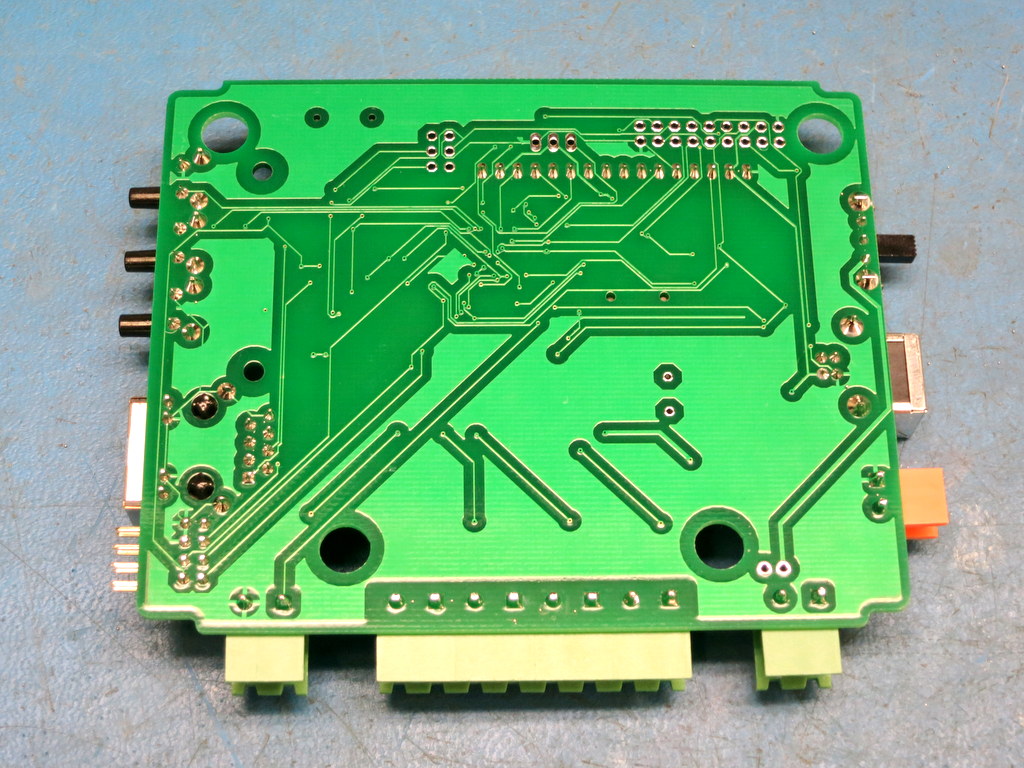

- #OPENSPRINKLER PARTSLIST HOW TO#
- #OPENSPRINKLER PARTSLIST INSTALL#
- #OPENSPRINKLER PARTSLIST UPDATE#
- #OPENSPRINKLER PARTSLIST FREE#
#OPENSPRINKLER PARTSLIST INSTALL#
In order to use it, you must have an existing RPi and install the necessary software. You may be trying to choose between OSPi and OpenSprinkler, and curious about their differences.
#OPENSPRINKLER PARTSLIST HOW TO#
For instructions on how to connect OSPi to zone expansion boards, please check the online user manual. Unlike OpenSprinkler (which has a limited amount of non-volatile memory), OSPi does not limit the number of stations - you can go up to a large number of stations, limited only by your SD card size. Similar to OpenSprinkler, a single OSPi controls 8 stations, but there is a built-in shift register connector which allows it to be linked to zone expansion boards to enable more stations. The RPi’s SD card will stick out of the case, but everything else (including the WiFi USB dongle) will be fully enclosed. To do so, you first secure the RPi to OSPi by leveraging the onboard copper separation pillars and screws, then fit the two of them together into an existing OpenSprinkler enclosure. OSPi uses the same enclosure as OpenSprinkler.

Connection from Raspi to OSPi is done through a 3-pin cable (providing 5V to Raspi) and a 8-pin cable (connecting GPIO pins and 3.3V power from Raspi).Įnclosure. It can provide regulated 5V power to RPi with up to 600mA output current, which is sufficient to drive Raspi with an USB WiFi dongle. OSPi makes use of four of RPi’s GPIO pins to control the shift register, and two I2C pins (SDA, SCL) to interface with the built-in RTC. The circuit of OSPi is a subset of the OpenSprinkler and consists of a 24VAC to 5VDC switching converter, a shift register, triacs, DS1307 RTC and backup battery. In other words, it is a circuit board that allows an RPi to directly interface with sprinkler valves. OSPi is designed as an extension board that makes use of RPi’s GPIO pins to directly control sprinkler valves, without an additional layer of microcontorller and Ethernet controller. There are good reasons to do so, for example, to enable logging, to customize the default Javascript files, and to allow more advanced features such as weather-based and learning-based control. The idea of OSPi first came when I noticed that many users were setting up RPi to work with OpenSprinkler. It is based on the design of OpenSprinkler, but its ‘brain’ is an RPi instead of an AVR microcontroller. OpenSprinkler Pi (OSPi) is an open-source sprinkler / irrigation extension board for Raspberry Pi (RPi). So, I created a facebook page and added a link.We’ve shared about Ray Wang’s OpenSprinkler project before - and now he has introduced a new Raspberry Pi version of his project that is well worth taking a look! From his new Pi.Opensprinkler site: By painful, I mean, there is no threading, the display of comments is poor, and the notifications are easy to miss. I tried using Google Sites forum via Google Groups, but this was painful. The footer also contains a link to a forum. The footer is the same on all pages and should contain commonly referenced links. The side menu navigation should include links to all the pages.
#OPENSPRINKLER PARTSLIST FREE#
Free converters from png to svg reduce image quality to the point of not being usable. Side-by-side boxes (images or text) do not scale very well Use a custom Theme to adjust colors, fonts and spacing for the entire site Use only the header box for the whole page to eliminate the excessive white spaceĪlways us e preview icon and resize to mobile width to see how it will look on a mobile phone Summary of what I've learned about creating a responsive design on Google Sites: Steegle explains how to get the most responsive design when using Google Sites. Google Sites does not support responsive design vey well, which means scaling up to a laptop screen and down to mobile device width ruins the page.

If not automated, it should be terse, but complete
#OPENSPRINKLER PARTSLIST UPDATE#
Update sources, packages and the OSĮ ach step should be automated. If a Step has a link, then a description is optional. There should be a parts list with description, link to a place to buy and priceĮach step should be well-documented, and may refer to another page using a link. Parts, Steps, Appendices and Troubleshooting should be bold. The Title should be Normal Text, Arial, Bold, 14 point fontĪll other text should be Arial 10 font with style (regular, bold, italic, etc.) being optionalĪll text should use only link or indent (no bullets, text boxes, etc) First, there should be an Overview explaining the page. Every page should follow the same format and outline.


 0 kommentar(er)
0 kommentar(er)
